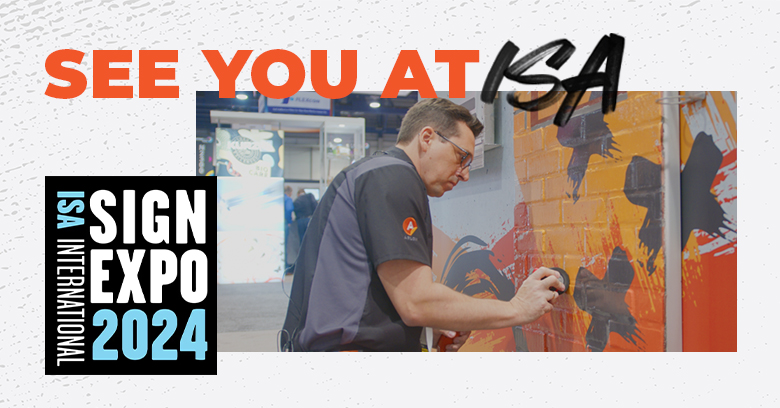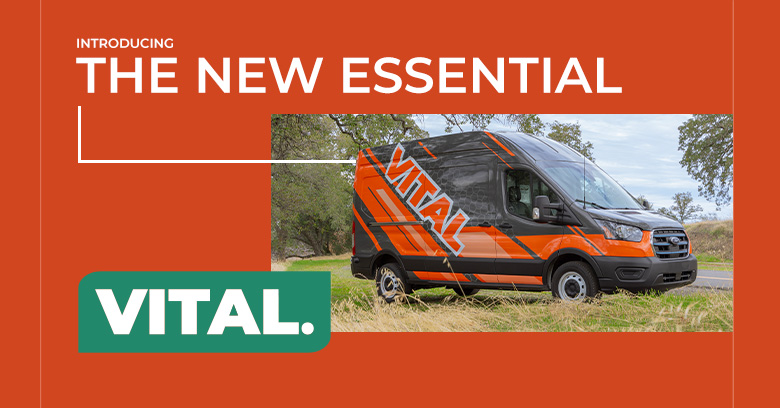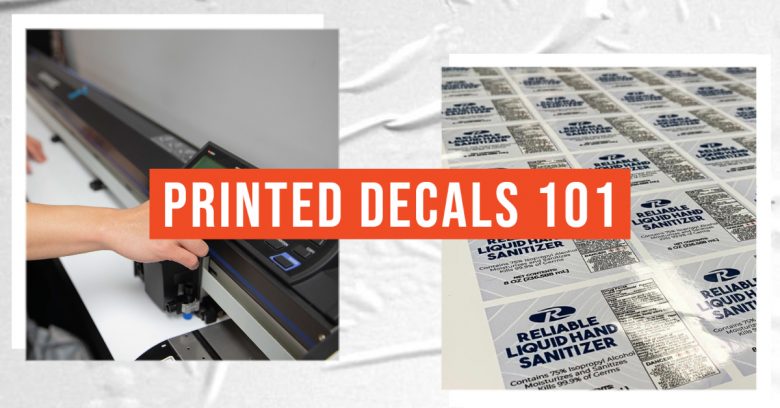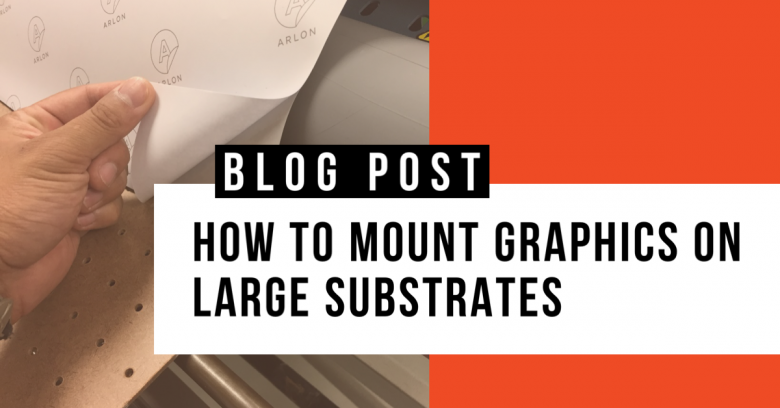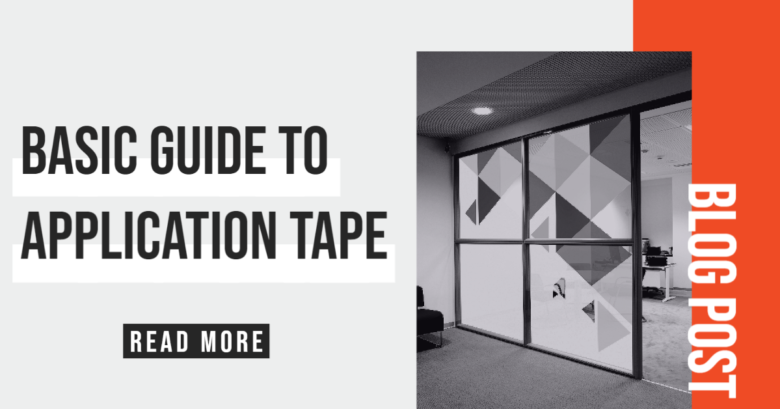Placentia, California, April 10, 2024 Arlon Graphics, a global leader in manufacturing innovative graphic materials, is excited to announce its participation in the highly anticipated ISA International Sign Expo 2024. Taking place from April 10th to April 12th, 2024, at the Orange County Convention Center in Orlando, Florida, this event is set to be a […]
Placentia, California, March 18, 2024 Arlon Graphics, a premier global manufacturer of graphic materials, is proud to announce the launch of VITAL, its innovative new non-PVC product range. VITAL represents a significant step forward in the graphics industry, setting a new standard for those who demand excellence in quality, durability, and sustainability without compromise. Engineered […]
Signage is playing a monumental role in bringing awareness to ever-changing health and safety guidelines around the globe. As businesses transition into new phases, it’s often the little things like updating signage that can make a big difference. Our team developed a COVID-19 Downloadable Signs Part 2, to help ease your transition into the next phase. All […]
There are so many overlaminate options for floor graphics specifically, why would you add another product to your inventory to service one application? Select Arlon overlaminates are now approved under regional regulations as slip-resistant for interior floor graphic applications. But, what does holding certification for floor graphics mean? And compatible media can you use with […]
Wall graphics provide a great opportunity to increase your sign shop’s revenue; they’re mostly straightforward, the surfaces are relatively flat, and they are faster to apply compared to a vehicle wrap. But what about high tack wall films? Unlike other wall films, the tack of these films can create a unique set of challenges. The […]
Producing printed decals is how many sign shops get started in the graphics industry. Nonetheless, if you’re just getting started or need a refresher, we worked with our Technical Expert, Louie Calma, to outline the basics of printed decals; from what blade to use to when you should vector vs rendor your project. Design First, […]
In digital printing, UV printers and HP Latex R-Series now can print directly on a substrate, making mounting graphics on large substrates a thing of the past. Yet, not every sign shop will make that type of investment, and the alternative of mounting graphics on large substrates can be a challenge. To help this part […]
Nowadays, there are endless types of application tapes on the market, and spending time deciding on which one to use can take up valuable install time. To help you speed up the process, we’ve compiled a comprehensive basic guide with everything you need to know about application tape — from the different types to how […]
Free downloadable COVID-19 Signs for communicate essential information to the public, your customers, or your employees. Avalible in English and Spanish.

